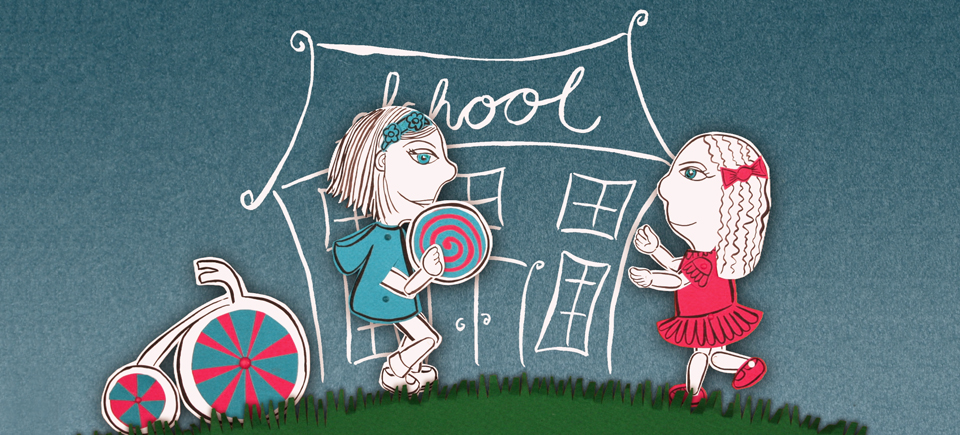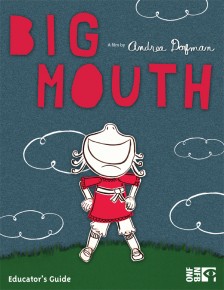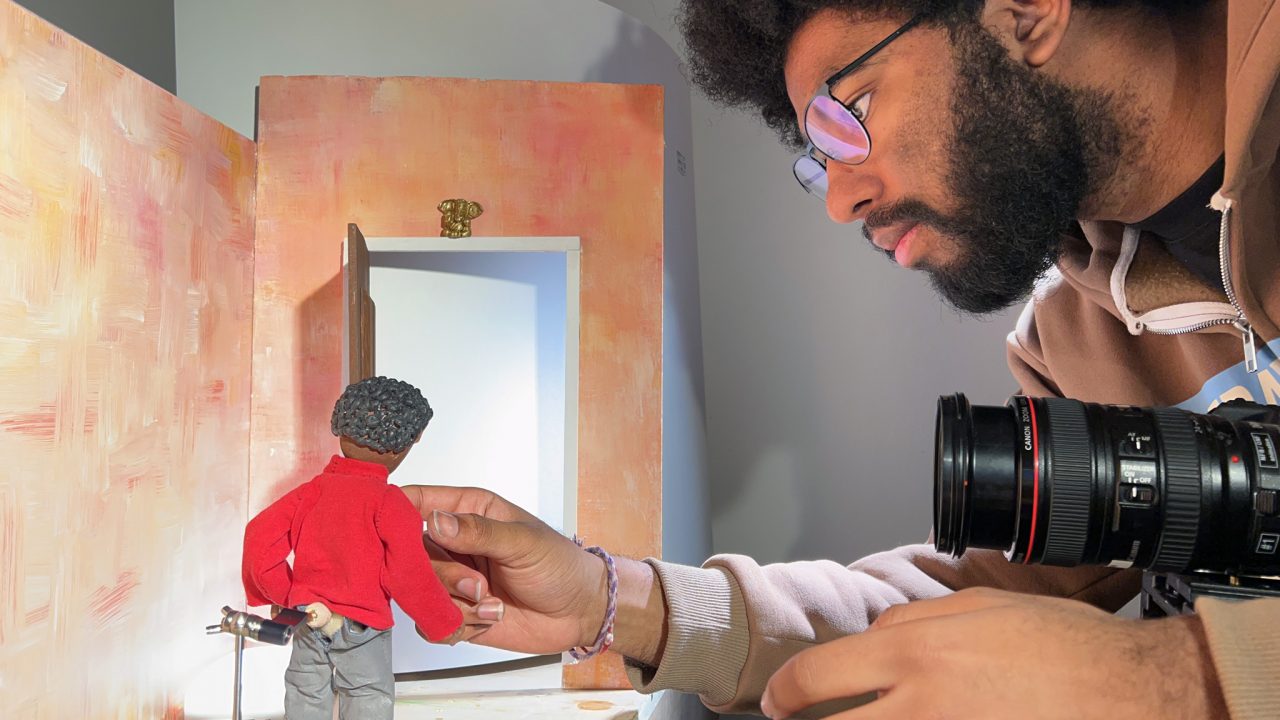
10 Keys to Expressing Your Ideas with Respect
10 Keys to Expressing Your Ideas with Respect
This post was written by Mariana Santillan, who works in the field of cultural and educational project management, and acts as a consultant in intercultural communication.
***
Expressing your ideas and respecting those of others
As filmmaker Andrea Dorfman shows in the NFB animated short Big Mouth, school is a great setting in which to learn how to express one’s ideas and respect other people’s views. Trudy, the film’s main character, is separated from her classmates because her raw and candid remarks are hurtful. The movie invites us to reflect on how to say what we’re thinking, and reminds us that we need to know how to do it with tact. Below are 10 keys to exploring the art of communicating in class.
Big Mouth, Andrea Dorfman, provided by the National Film Board of Canada
Key 1. Deciding whether or not to say it
Provide students with a chart made up of three columns: “compliment,” “criticism,” and “constructive criticism.” Ask them to analyze Trudy’s comments and put each one in the column that best describes it. They should also fill the columns with adjectives that express how each comment makes them feel. Conduct a cross-analysis of the results. Which comments are worth saying?
Key 2. Creating constructive criticism
Divide the students into groups and ask them to reflect on the challenges Trudy must face in making friends. If they had to come up with constructive criticisms to help her change, what would they say, and how would they say it?
Key 3. Mastering the art of diplomacy
Big Mouth addresses the challenge of finding a way to express what we think frankly while still respecting others. Sometimes things displease us and we feel the need to say so. How do we do that? Ask each student to write down three things that displease him or her and to explore different ways of expressing their dissatisfaction… with diplomacy.
Key 4. Knowing how to give compliments
In Big Mouth, Trudy learns how to say things with humour and kindness, which makes those around her happy. Ask students to find a worthwhile initiative in the school/community, make a list of what they consider to be its positive aspects, explaining why, and use these arguments to draft a congratulatory letter to the organizers of the chosen initiative.
Key 5. Knowing how to listen
Trudy is gifted at giving her opinion, but is she equally talented at listening to the opinions of others? Give the students a list of themes and ask them to write out their opinion about each of them. Ask them to pair off to present their respective opinions. Once the presentations are done, can they find common points between their opinions without looking at their notes? Did they listen closely enough?
Key 6. Knowing how to ask questions
Assign two subjects each to teams composed of two students. Each student has to take a turn playing the role of a journalist to interview their partner on the given subject. The journalists have to ask at least five questions to gain an in-depth understanding of the interviewee’s opinion, which they must then explain to the rest of the class.
Key 7. Avoiding criticizing others
In Big Mouth, Trudy criticizes her friends. In life, we sometimes find ourselves in a group that is criticizing another person. Ask students to imagine that they are in this type of situation. How do you respectfully make the group understand that some criticisms can hurt? Organize some improv!
Key 8. Seeing other points of view
Trudy’s encounter with the big-eyed man helps her to understand that there are different ways of seeing things. Having a big eye can be a positive characteristic and not a fault. Ask students to choose a rule they don’t like (one that applies to their lives either at school or at home) and to find its positive side
Key 9. Putting yourself in someone else’s shoes
Trudy’s comments elicit a reaction from those around her. What do her parents, teachers and classmates think of her attitude? People can have different opinions of the same problem. Ask students to find problems with those around them and to analyze the point of view of each of the people involved.
Key 10. Knowing how to speak with respect
At the end of the movie, Trudy succeeds in making friends. Invite students to reflect on the importance of speaking to others respectfully, by identifying situations where conversation is sometimes difficult. What aspects can create barriers in a conversation? What things can make it easier and more fluid? Invite them to imagine different versions of the same situation.

Big Mouth is an inspiring film that reminds us just how much good communication can improve our quality of life.




Knowing when to listen and when to speak is the primary key in expressing your ideas. As what many people say, you have to be a good listener before you can be a good speaker. Also, know when you have to say the thought or when to keep it on your own.
This is an extraordinary compilation.
Great work.